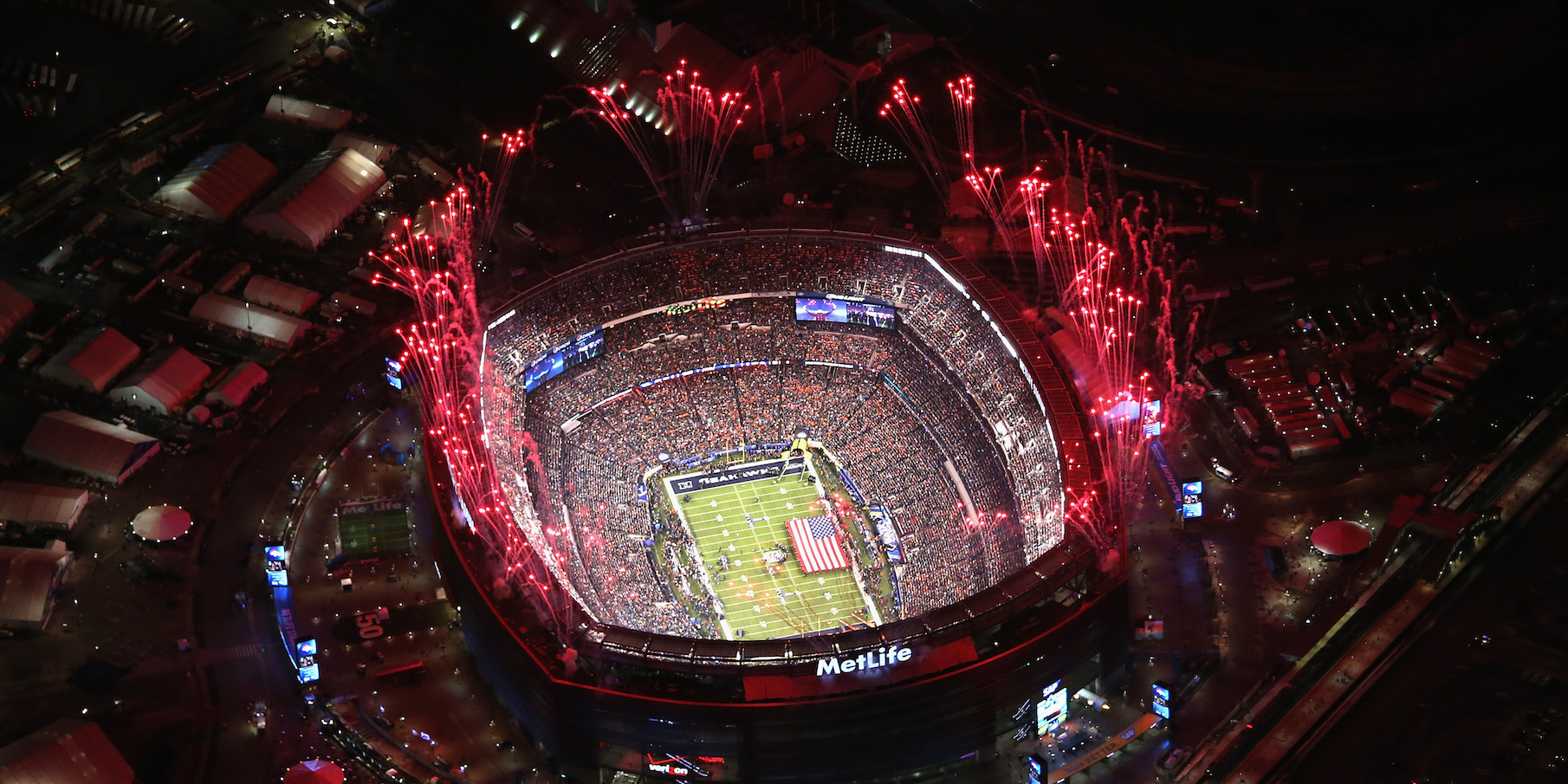- FIFA on Wednesday awarded the 2026 World Cup to the United States, Canada, and Mexico.
- Of the 80 matches, 60 are scheduled to be played in the US, with Canada and Mexico each set to host 10.
- Canada and Mexico have already cemented their three host cities, while the US has revealed a list of 17 cities that will be cut down to 10.
North America on Wednesday won a joint bid to host the 2026 World Cup.
The soccer tournament will be hosted by the US, Canada, and Mexico, with the US scheduled to host 60 of the 80 matches. FIFA plans to expand the number of teams to 48 from 32 for that tournament.
Canada and Mexico have already named three host cities each. Matches in Mexico are set to be played in Mexico City, Monterrey, and Guadalajara, while games in Canada are scheduled for play in Toronto, Montreal, and Edmonton, according to Pro Soccer Talk.
The US has submitted 17 cities to host matches, but that list is to be narrowed down to 10 by 2021. Each US city would host at least five matches.
Some big-name cities also opted out of hosting, citing uncertainty over cost. They included Chicago, Minneapolis, and Tampa in the US and Vancouver in Canada.
Here are the cities that have been proposed to host matches:
New York (East Rutherford, NJ) — MetLife Stadium

Capacity: 82,500
Year opened: 2010
Past World Cup experience: None
Los Angeles, CA (Pasadena) — Rose Bowl

Capacity: 90,888
Year opened: 1922
Past World Cup experience: Hosted 1994 World Cup Final
Atlanta, GA — Mercedes-Benz Stadium

Capacity: 71,000
Year opened: 2017
Past World Cup experience: none
Dallas, TX (Arlington) — AT&T Stadium

Capacity: 100,000
Year opened: 2009
Past World Cup experience: none
Washington, D.C. (Landover, MD) — FedEx Field

Capacity: 82,000
Year opened: 1997
Past World Cup experience: none
San Francisco, CA (Santa Clara) — Levi's Stadium

Capacity: 75,000
Year opened: 2014
Past World Cup experience: none
Boston, MA (Foxborough) — Gillette Stadium

Capacity: 66,829
Year opened: 2002
Past World Cup experience: none
Philadelphia, PA — Lincoln Financial Field
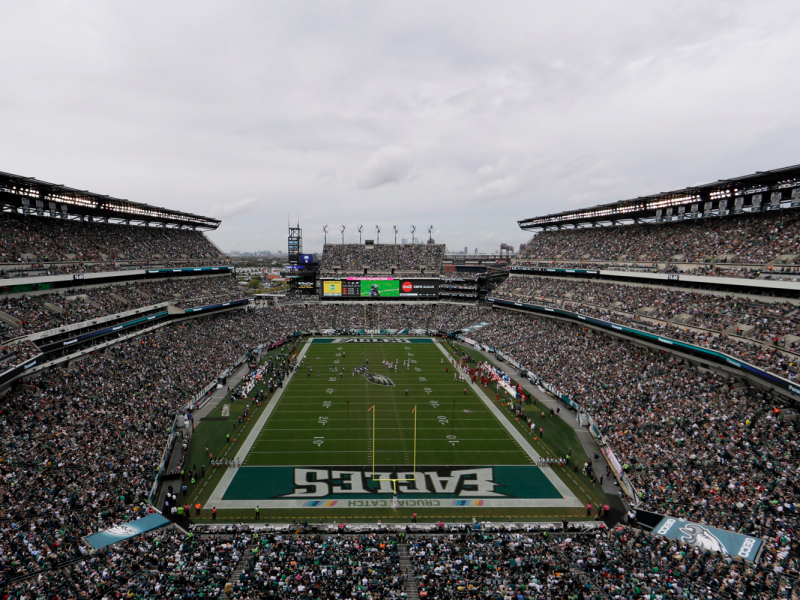
Capacity: 69,176
Year opened: 2003
Past World Cup experience: none
Miami, FL — Hard Rock Stadium
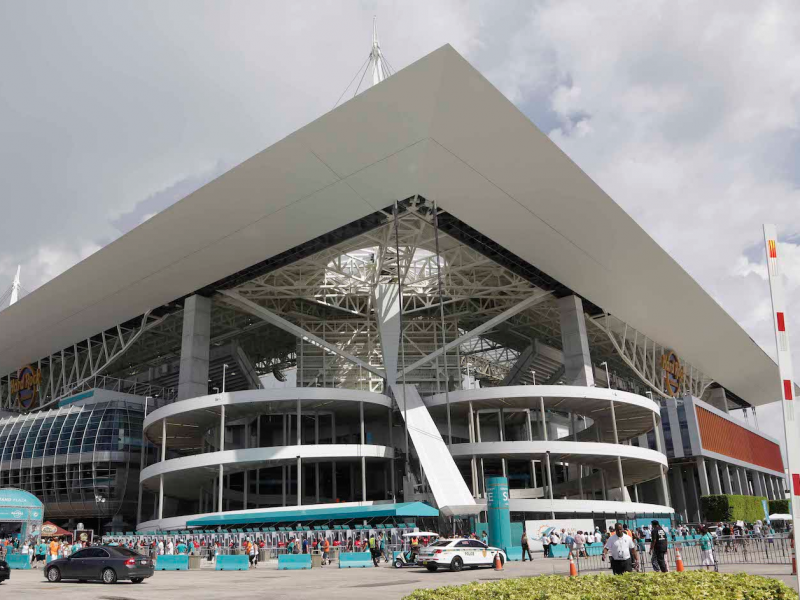
Capacity: 65,326
Year opened: 1987
Past World Cup experience: none
Houston, TX — NRG Stadium

Capacity: 72,220
Year opened: 2002
Past World Cup experience: none
Seattle, WA — CenturyLink Field

Capacity: 72,000
Year opened: 2002
Past World Cup experience: none
Denver, CO — Mile High Stadium

Capacity: 76,125
Year opened: 2001
Past World Cup experience: none
Nashville, TN — Nissan Stadium

Capacity: 69,143
Year opened: 1999
Past World Cup experience: none
Orlando, FL — Camping World Stadium
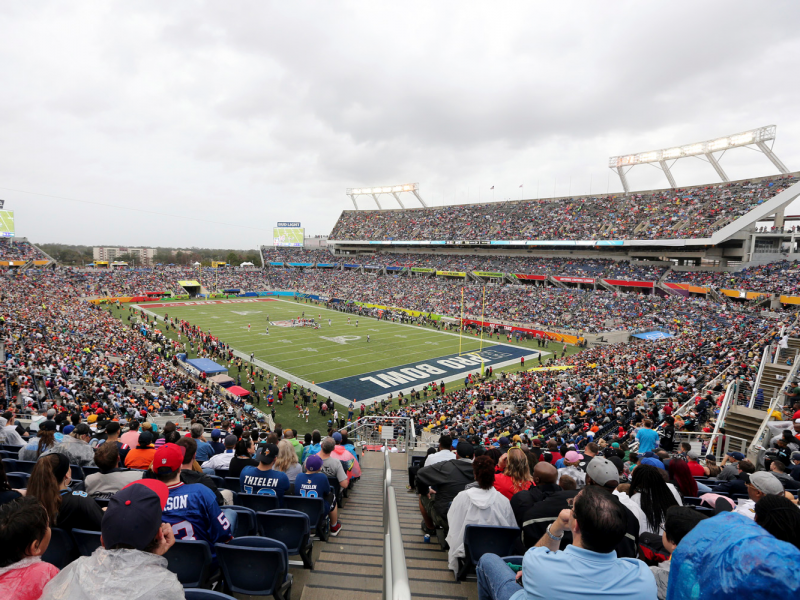
Capacity: 65,194
Year opened: 1936
Past World Cup experience: 1994 World Cup (five matches)
Kansas City, MO — Arrowhead Stadium
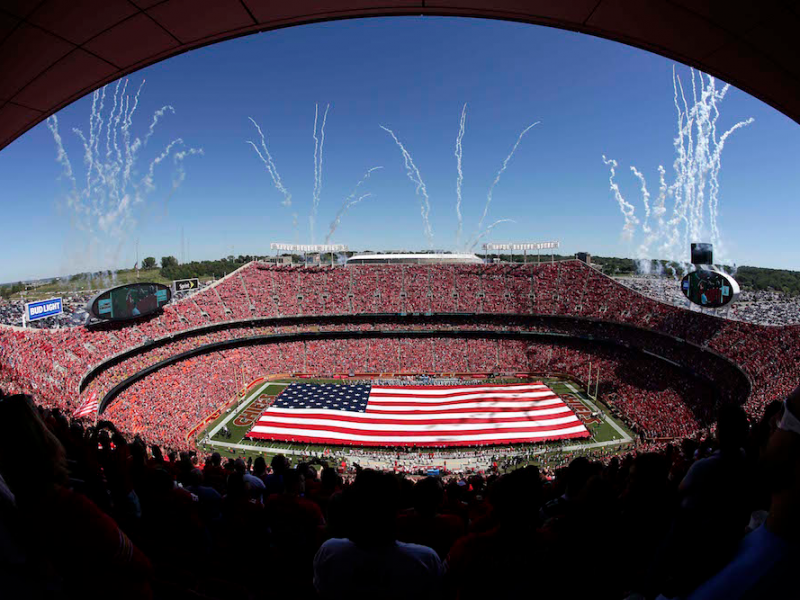
Capacity: 76, 416
Year opened: 1972
Past World Cup experience: none
Baltimore, MD — M&T Bank Stadium

Capacity:71,008
Year opened: 1998
Past World Cup experience: none
Cincinnati, OH — Paul Brown Stadium

Now, get caught up on everything you need to know about the World Cup...

World Cup 2018: Everything you need to know about all 32 teams competing for the biggest prize in football >

